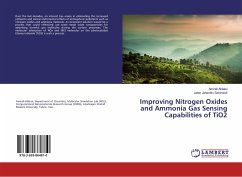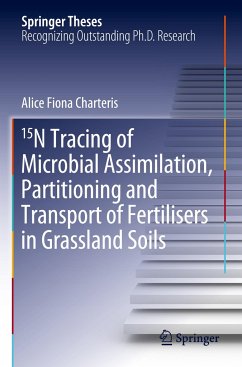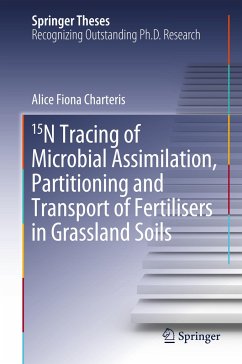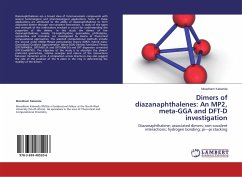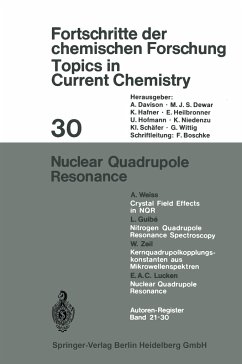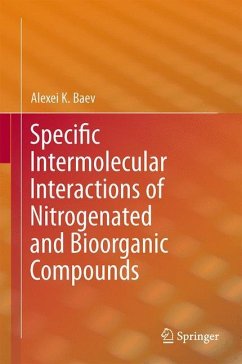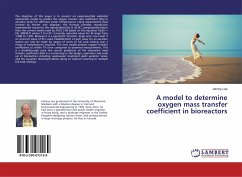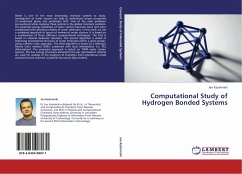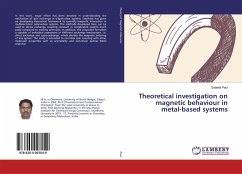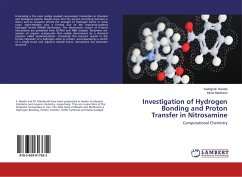
Investigation of Hydrogen Bonding and Proton Transfer in Nitrosamine
Computational Chemistry
Versandkostenfrei!
Versandfertig in 6-10 Tagen
27,99 €
inkl. MwSt.

PAYBACK Punkte
14 °P sammeln!
H-bonding is the most widely studied noncovalent interaction in chemical and biological systems. Results show that the proton stretching between a donor and an acceptor affects the strength of hydrogen bond. In some cases, eight-member ring is formed due to the resonance-assisted hydrogen bonds (RAHB) mechanism. The electrostatic nature of H-bond interactions are predicted from QTAIM and NBO analysis. Tautomers are isomers of organic compounds that readily interconvert by a chemical reaction called tautomerization. Commonly this reaction results in the formal migration of a hydrogen atom or pr...
H-bonding is the most widely studied noncovalent interaction in chemical and biological systems. Results show that the proton stretching between a donor and an acceptor affects the strength of hydrogen bond. In some cases, eight-member ring is formed due to the resonance-assisted hydrogen bonds (RAHB) mechanism. The electrostatic nature of H-bond interactions are predicted from QTAIM and NBO analysis. Tautomers are isomers of organic compounds that readily interconvert by a chemical reaction called tautomerization. Commonly this reaction results in the formal migration of a hydrogen atom or proton, accompanied by a switch of a single bond and adjacent double bond, nitrosamine has tautomer structure.



